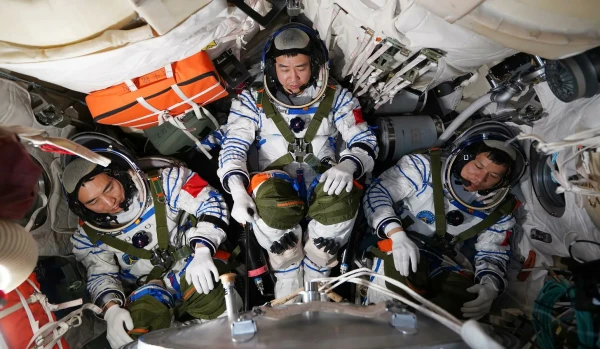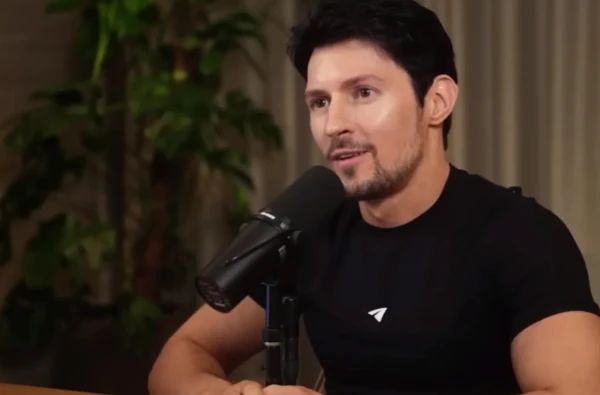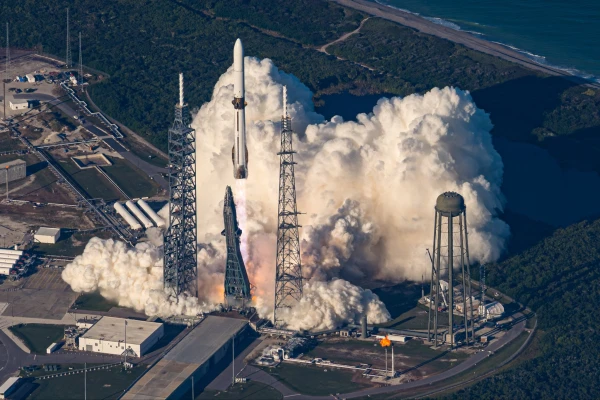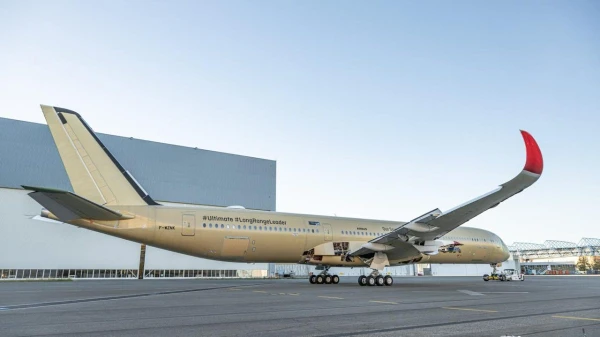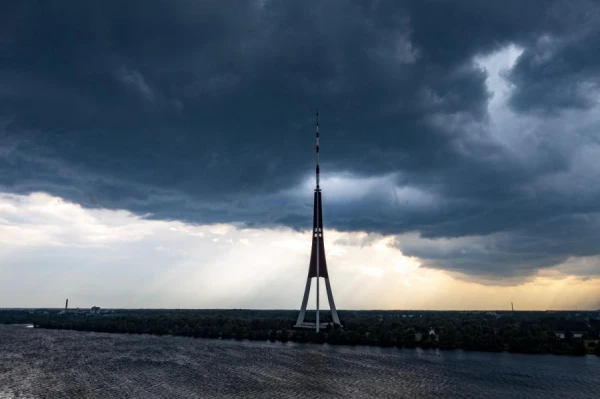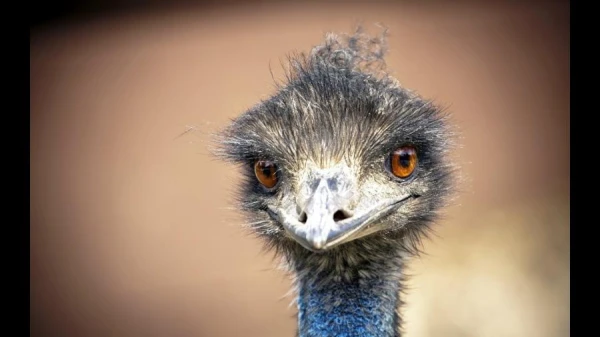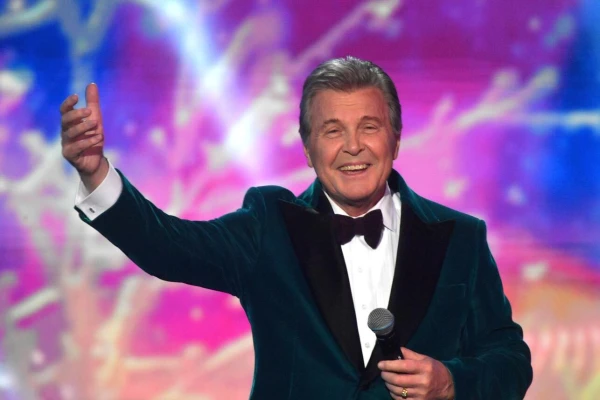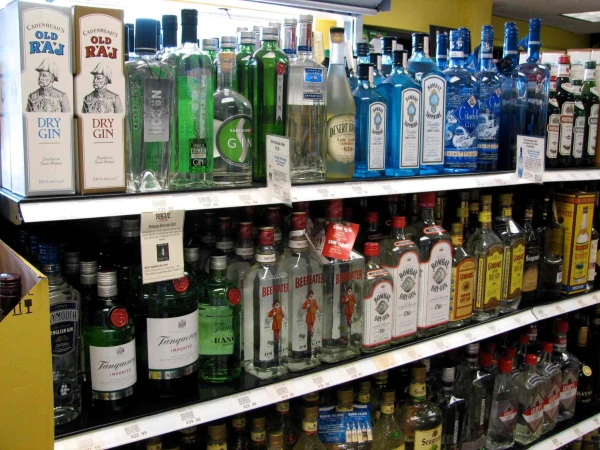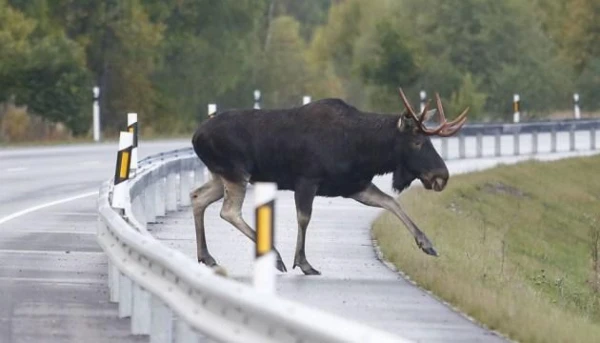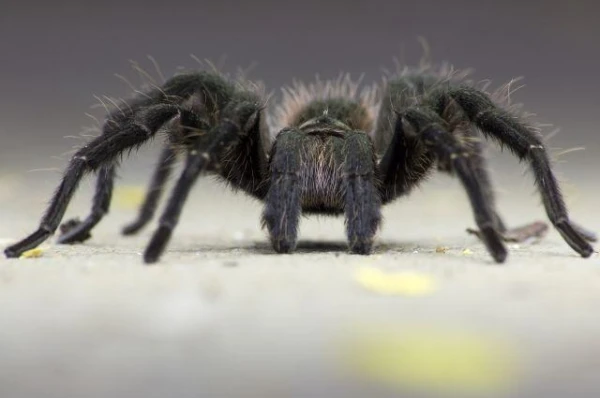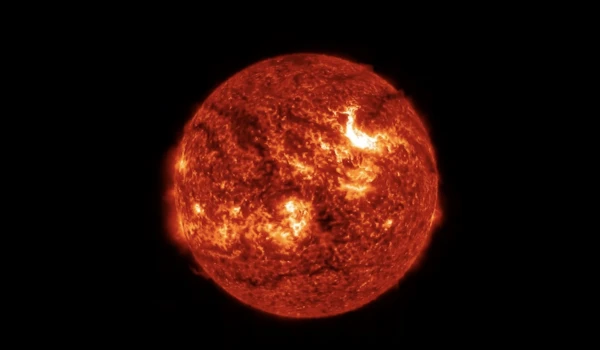
Three astronauts on the International Space Station had to spend the night not in their usual places, but in a laboratory module. This was a precautionary measure due to the potential negative impact of solar particles on the health of astronauts in orbit, according to Focus.
On the night of November 11 to 12, the Sun experienced the most powerful flare of the year, classified as X5.1, accompanied by a strong plasma ejection. Solar particles that reached Earth collided with the planet's magnetic field and partially penetrated the upper layers of the atmosphere. As a result, a geomagnetic storm occurred, along with colorful auroras. However, due to the powerful solar storm, three Russian astronauts on the International Space Station (ISS) had to sleep in a different location as a precautionary measure, according to Space.
The strongest solar flare in 2025 was accompanied by a powerful coronal mass ejection that reached Earth. The same charged solar particles that interact with Earth's magnetosphere, causing auroras, also bring heavy radioactive ions. These can be hazardous to the health of astronauts in orbit.
NASA discovered that the ISS was in a zone of increased cosmic radiation, and thus the ISS Control Center, located in Houston, USA, instructed the three Russian astronauts to move to a more protected laboratory module of the orbital station. This means that the three Russians, unlike NASA astronauts, experienced the powerful solar storm while not in their usual sleeping places.
According to NASA, Russian astronauts Oleg Platonov, Sergey Ryzhikov, and Alexey Zubritsky were offered to spend the night in a different location. The ISS crew was also provided with a list of areas on board the ISS to avoid during the solar storm.
In addition to the Russian astronauts, the ISS also hosts NASA astronauts Edward Michael Fink, Jonathan Kim, and Zena Cardman, as well as Japanese astronaut Koichi Wakata. The last four arrived at the ISS on August 1 aboard the SpaceX Crew Dragon spacecraft and are expected to remain in orbit for another three months.
